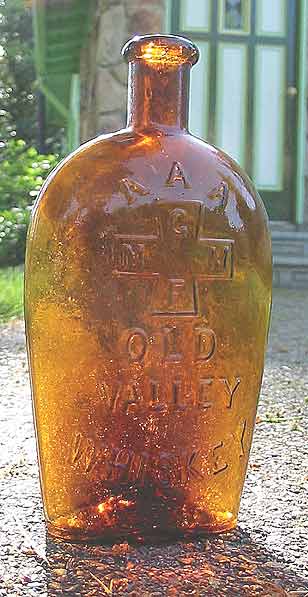Attention deficit..... jumping from subject to subject,
good morning Guys. :)
I forgot about the Thomas Register! And I was the one who had to research in the damn thing most of the time too. You'd think I'd remember.
I never read it cover to cover,.................. but I read.
I am intrigued with Baker at Sutter's Fort. When did he partner up with Cutting? And start the first glasshouse in the west that only lasted less than a year?
I was introduced to many tools though the tool crib system. I have even minded the crib when it was my turn. School shops had tool cribs when I was there.
Iron casting was glorified little boys playing in the sand.
Trenches dug with a hoe would make channels across the sand to where the side of a wood cook stove (or whatever they wanted), had been pressed into the sand to make an open mold.
When the iron was ready and the clay plug on the crucible was broken, the molten iron would gush out and be quickly directed by guys with hoes into this channel or that and then plugged off when the part was made.
Leftover iron would be directed into a bigger channel(s) and left to harden there.
A pig of iron.
Pig iron later heated almost to melting and hammered to get rid of slag, and make wrought iron.
Water wheels drove big trip hammers while a mob of guys handled the big pig with long tongs.
The history of cast iron (melted once), wrought iron (melted or at least nearly melted twice) and steel (melted with more sophistication) is all about the history of the furnace.
Same as glass, what the hell do you melt ore or sand in? To the point of being liquid?
What can take that kind of blasting heat for days straight??
Melting pots or crucibles were a primary concern. Hard to make from even the most special clay known, and fragile to use. They only worked a few times too, no matter how carefully made.
Some hot work!
Early tool distribution was all about location. Cities had one system. Lots of middlemen skimming off their taste inbetween the manufacturer and the end user.
Rural had another.
and out here in the boondocks?
Well from the Gold Rush we had packing companies. Drunken Irishmen is the gossip.
Mule trains hauling over the ridges into town. They only brought what they brought.
If you wanted a different brand of whiskey? You were free to ride the 3 days to Eureka on horseback (2 days if you wanted saddle sores and bowlegs) and get it your own damn self!
Whiskey came in a barrel. If you want some to take home? Bring your own bottle or pail.
But in case you actually found gold and wanted to celebrate?
They also packed in a couple cases of fancy stuff.

See that F in the bottom of the cross? My ancestor. A drunken Irishman with ambition.
No inheritance though.
If the local Indians would have had it together, even slightly, they could have rounded up enough gold to make the Louisiana purchase themselves, and line the Sacramento river valley and Humboldt bay with big French cannon. And picked up Alaska on a shopping whim!
yours Scott